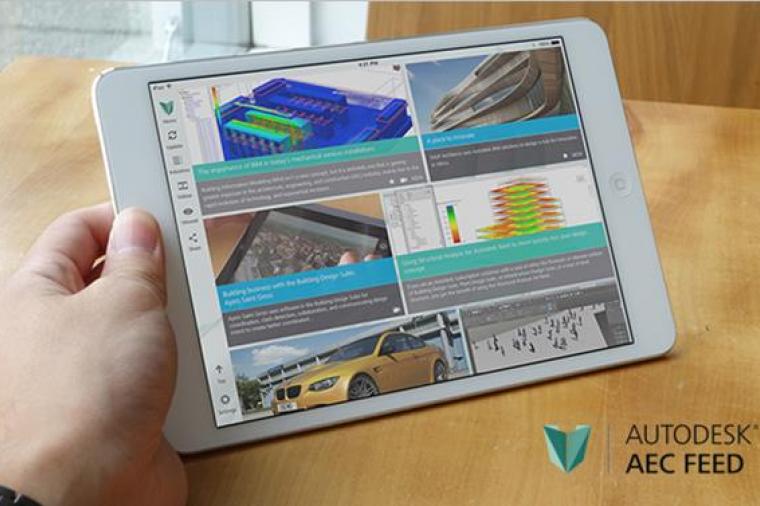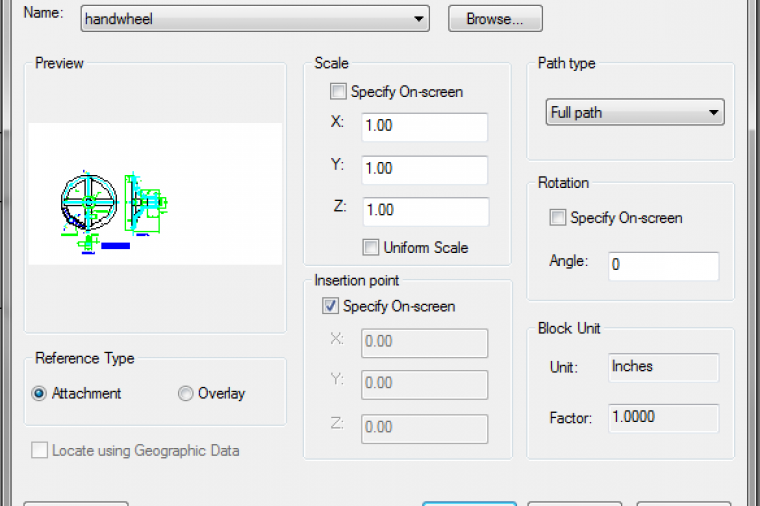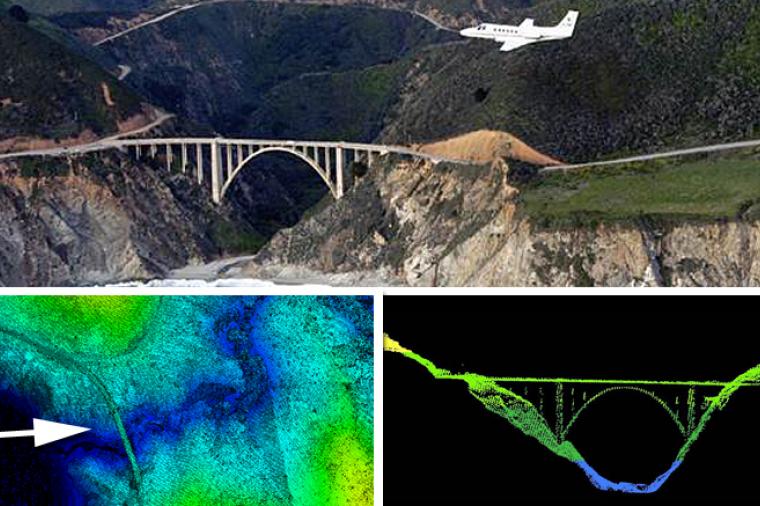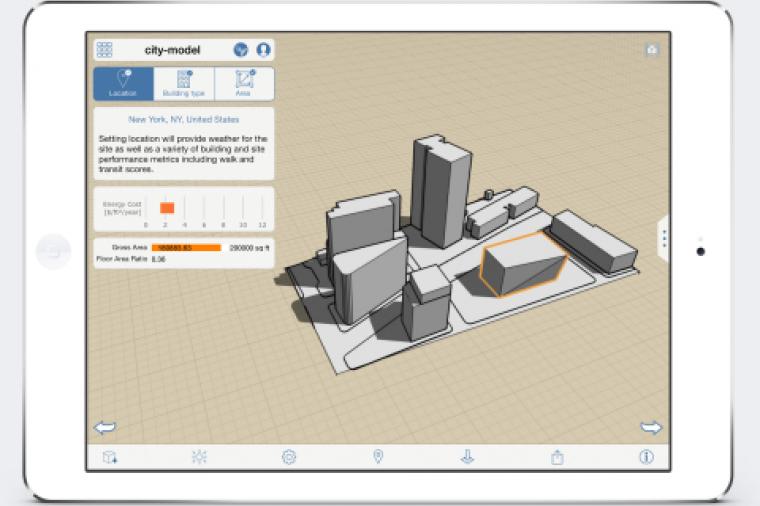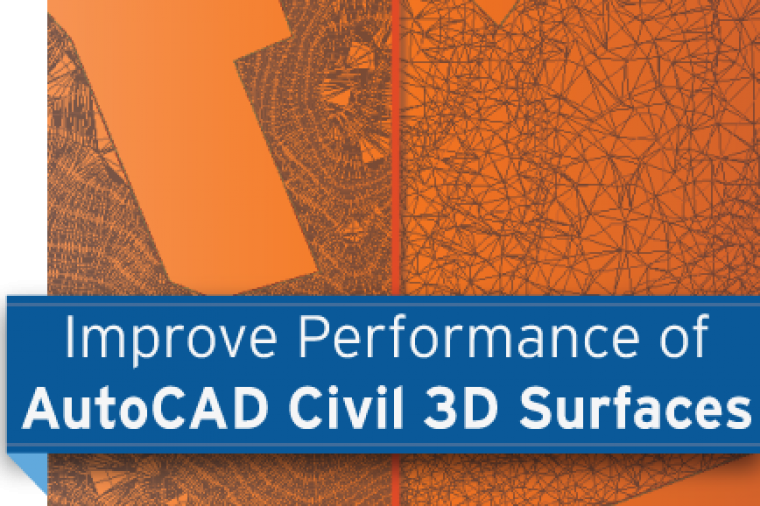Digital Design
Here we are again, another New Year, another opportunity to look back and plan ahead! Here at Acronym, it’s no exception. 2013 was an exciting year. From the astonishing success of our 2nd Annual Public Sector CAD Awards and Expo (hosted virtually in February and attended by nearly 1,000 people), the release of several new educational e-books, and the launch of our new website earlier this summer – 2013 has kept us busy!
Digital Design
CAD News for Govies is a weekly feature on Acronym that scans thousands of industry articles to present you with a regular source of CAD and GIS news, information and ideas that impact the public sector. Here’s the latest round-up:
New! Autodesk AEC Feed iPad App is Here
Tips and How-Tos
One of the benefits with AutoCAD itself has always been the variety of ways you can draft and achieve the result you need. Conversely though that leaves us wondering which option is best. Well, Civil 3D is no different of course, if not a bit more restricted.
Digital Design
If you’re a surveyor, engineer, infrastructure designer, or transportation official and are in the North Carolina area you might want to check out this one-of-a-kind all day educational event and workshop hosted at the North Carolina Department of Transportation (NCDOT) in Raleigh on December 18.
Digital Design
CAD News for Govies is a weekly feature on Acronym that scans thousands of industry articles to present you with a regular source of CAD and GIS news, information and ideas that impact the public sector. Here’s the latest round-up:
Autodesk University 2013 – Recap, Recorded Sessions and On-Demand Classes
Digital Design
From grading to storm and sanitary sewer design, AutoCAD Civil 3D Surfaces serve as a foundation for nearly all aspects of a typical civil engineering project. Given the far reaching impact of AutoCAD Civil 3D Surfaces, it's important to keep your data as lean as possible as not to negatively effect your projects performance. There are several ways to accomplish this including the best practice of limiting the total number of surfaces contained within any one drawing.

